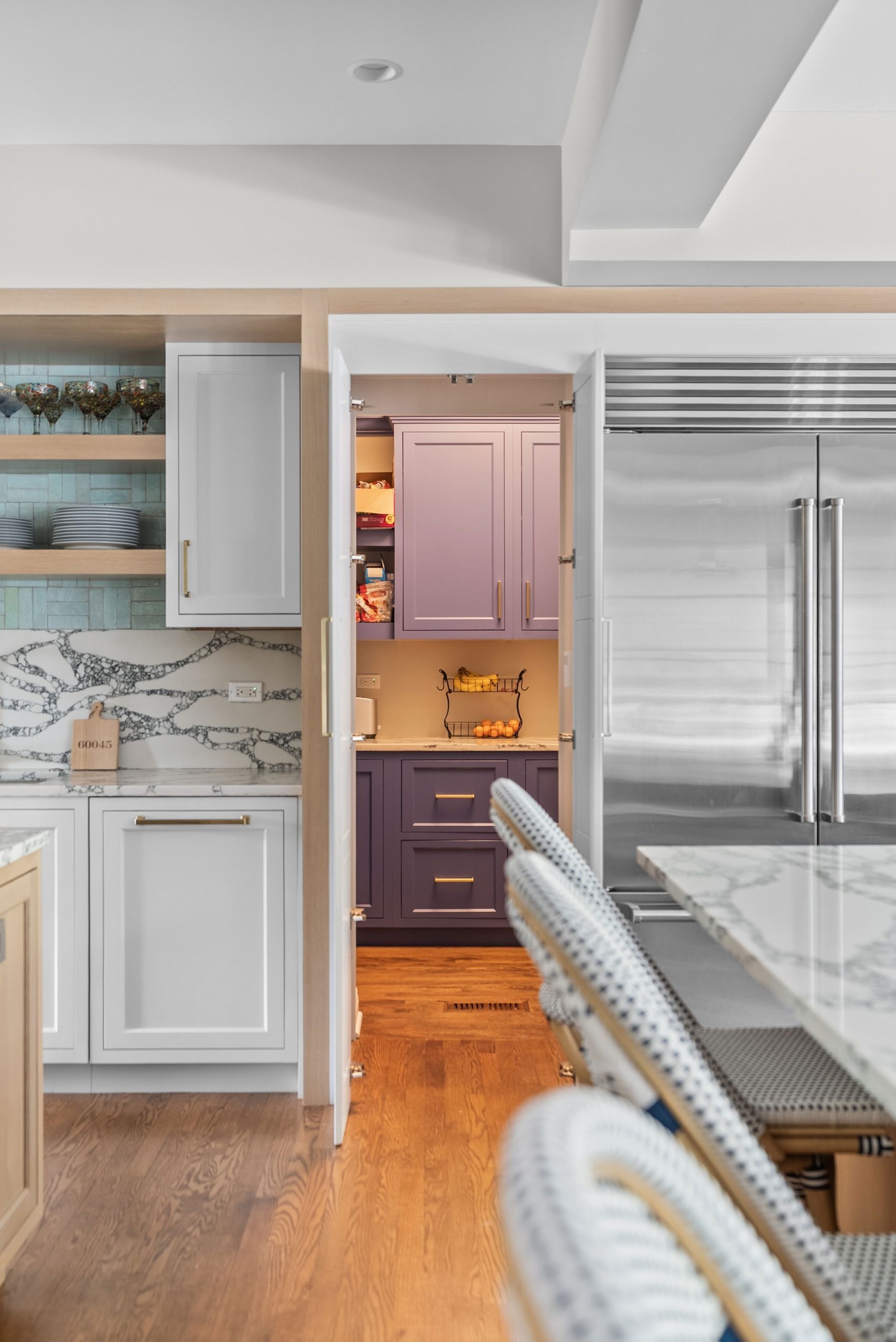- Home
- /
- Blog

 Lighting isn’t just about brightness—it’s about mood. The color temperature lighting you choose affects how a room looks, feels, and even how people behave in it. Warm tones invite comfort, cool tones sharpen focus, and balanced tones tie a home together. The key is knowing what belongs where and why it matters for daily living.
Lighting isn’t just about brightness—it’s about mood. The color temperature lighting you choose affects how a room looks, feels, and even how people behave in it. Warm tones invite comfort, cool tones sharpen focus, and balanced tones tie a home together. The key is knowing what belongs where and why it matters for daily living.
Warm Color Temperature Lighting Creates Comfort
Warm light (2700K–3000K) mimics the golden glow of sunset. It softens hard edges and makes colors feel richer, which is why it’s ideal for bedrooms, living rooms, and dining areas. This type of color temperature lighting encourages relaxation and conversation, setting a tone that feels calm and connected. Dim-to-warm bulbs extend the effect for evening routines.
Cool Color Temperature Lighting Enhances Focus
Cooler light (4000K–5000K) resembles daylight and energizes a space. It’s perfect for kitchens, home offices, laundry rooms, and garages where clarity matters. Under cool color temperature lighting, details stand out and surfaces look crisp—helpful when reading recipes, handling tools, or doing close work. Use it with high-CRI bulbs to maintain accurate color rendering.
Neutral Lighting Balances the Home
Between warm and cool lies neutral white (3500K–4000K), the bridge tone that keeps transitions smooth. Neutral color temperature lighting prevents jarring jumps between cozy and clinical zones and suits hallways, mudrooms, and shared spaces. It’s also a smart default for open-concept homes where multiple activities and ambiences overlap throughout the day.
Layer Light with Intentional Color Temperature Lighting
No single fixture can do it all. Layered lighting combines ambient, task, and accent sources—each with a deliberate color temperature lighting choice. In a kitchen, warm pendants create dining ambiance, cool under-cabinet strips support prep work, and neutral recessed cans provide overall visibility. In a bedroom, warm sconces and a neutral ceiling fixture keep the room versatile without glare.
Small Tweaks, Big Perception Shifts
Color temperature lighting changes how surfaces read: marble looks cleaner under neutral light; wood feels richer under warm tones; stainless steel pops under cooler light. Dimmers expand usefulness, while smart controls schedule shifts from cool morning light to warm evening tones that support wind-down.
Design That Matches Real Life
When lighting matches the function of each space, your home feels intentional and comfortable. Getting color temperature lighting right isn’t about memorizing specs—it’s about shaping mood, clarity, and flow so rooms support cooking, relaxing, and everything in between.
Schedule a quick consult to design a lighting plan that brings warmth, clarity, and comfort to every room.
















